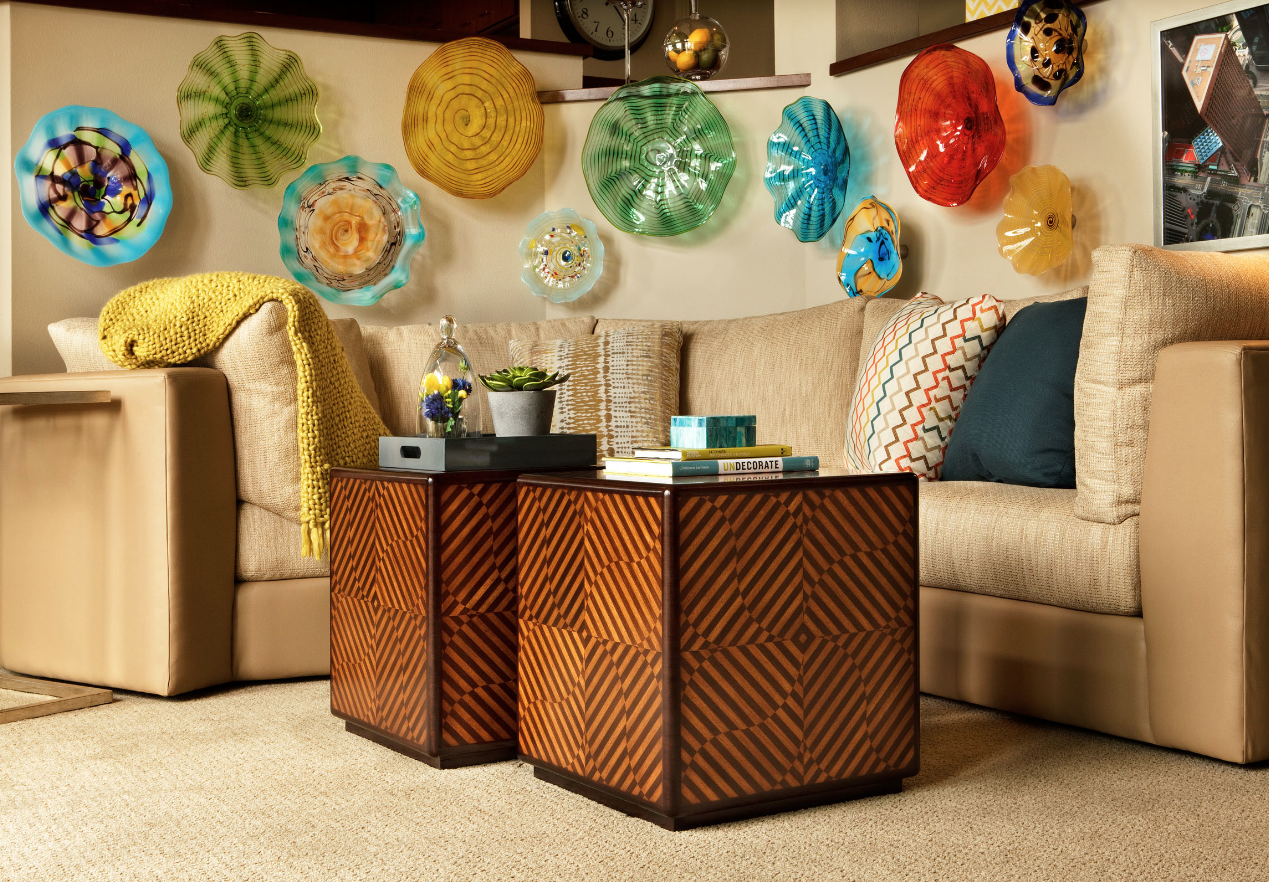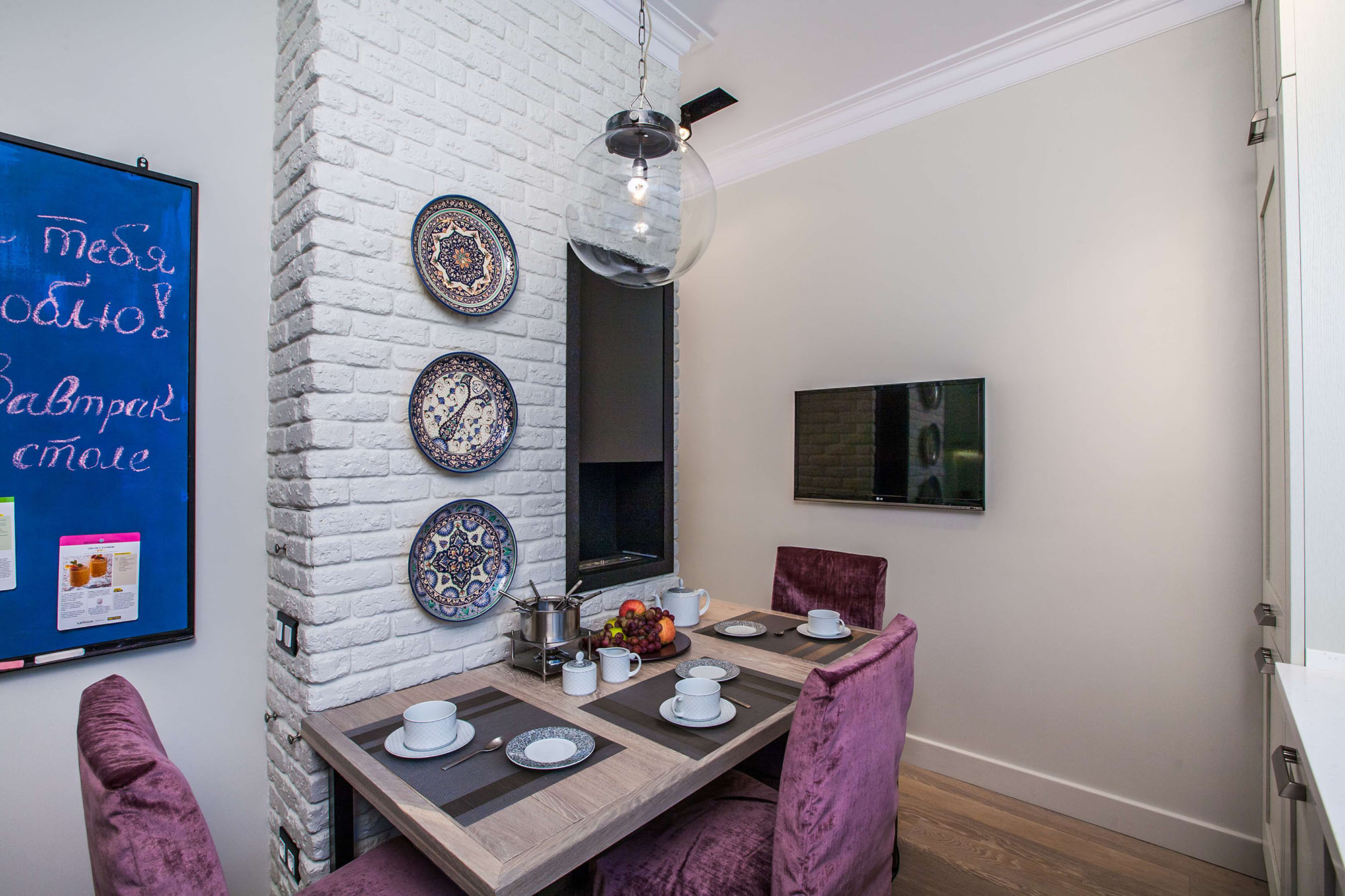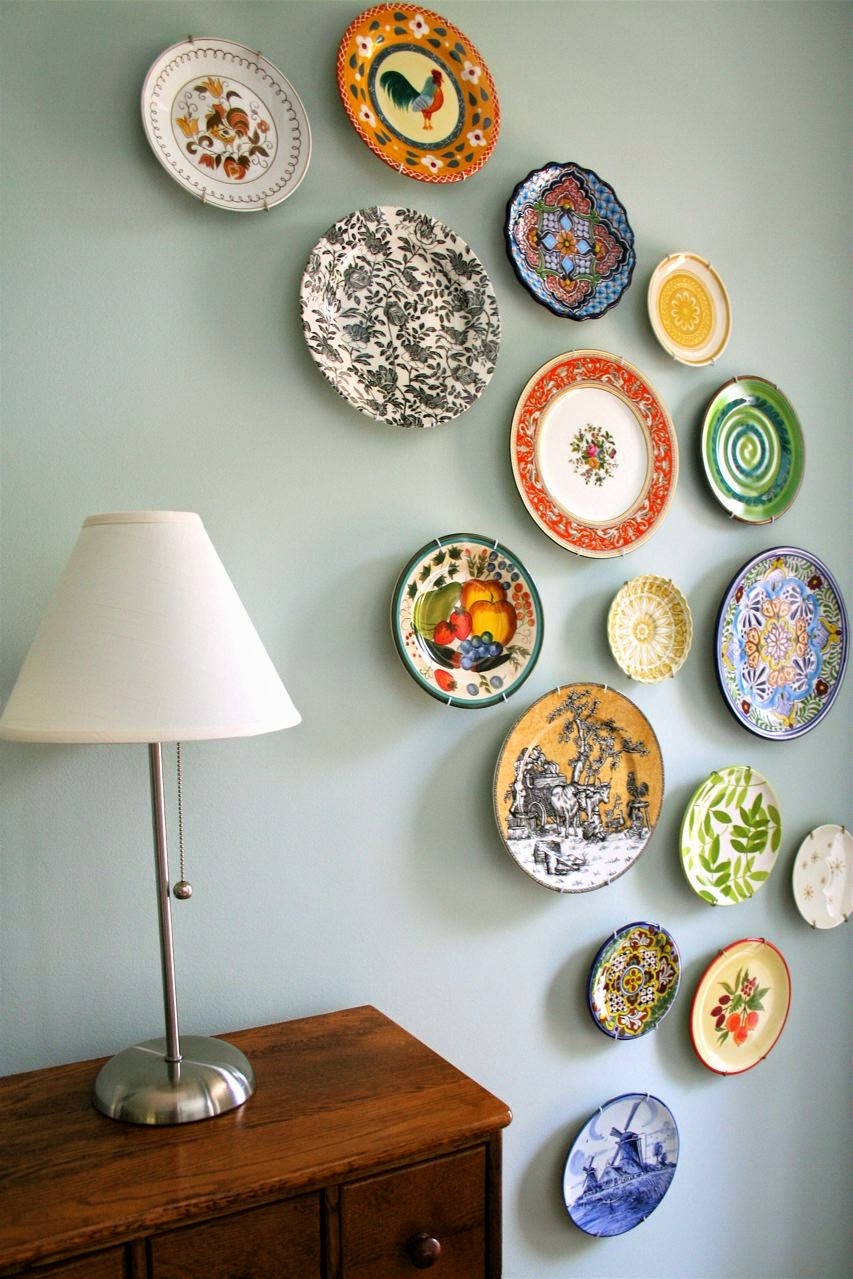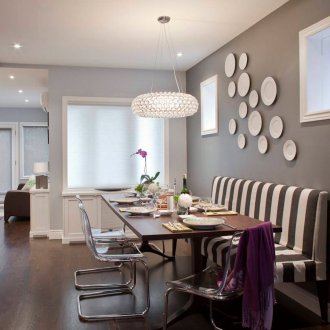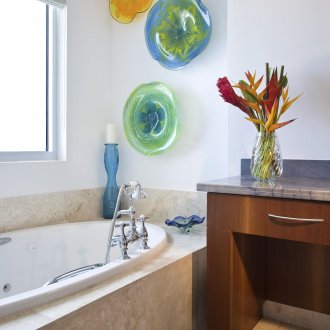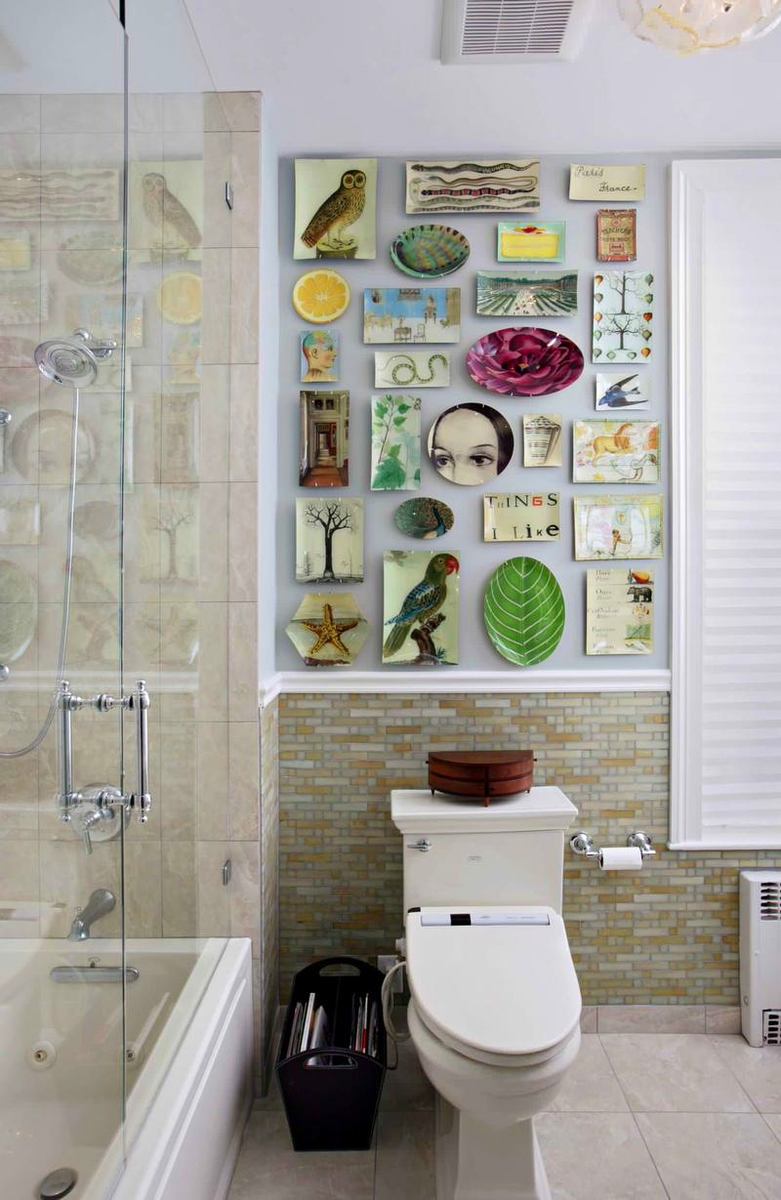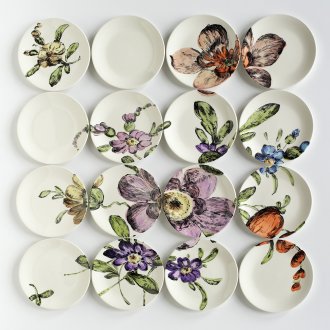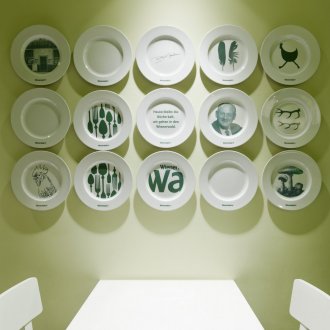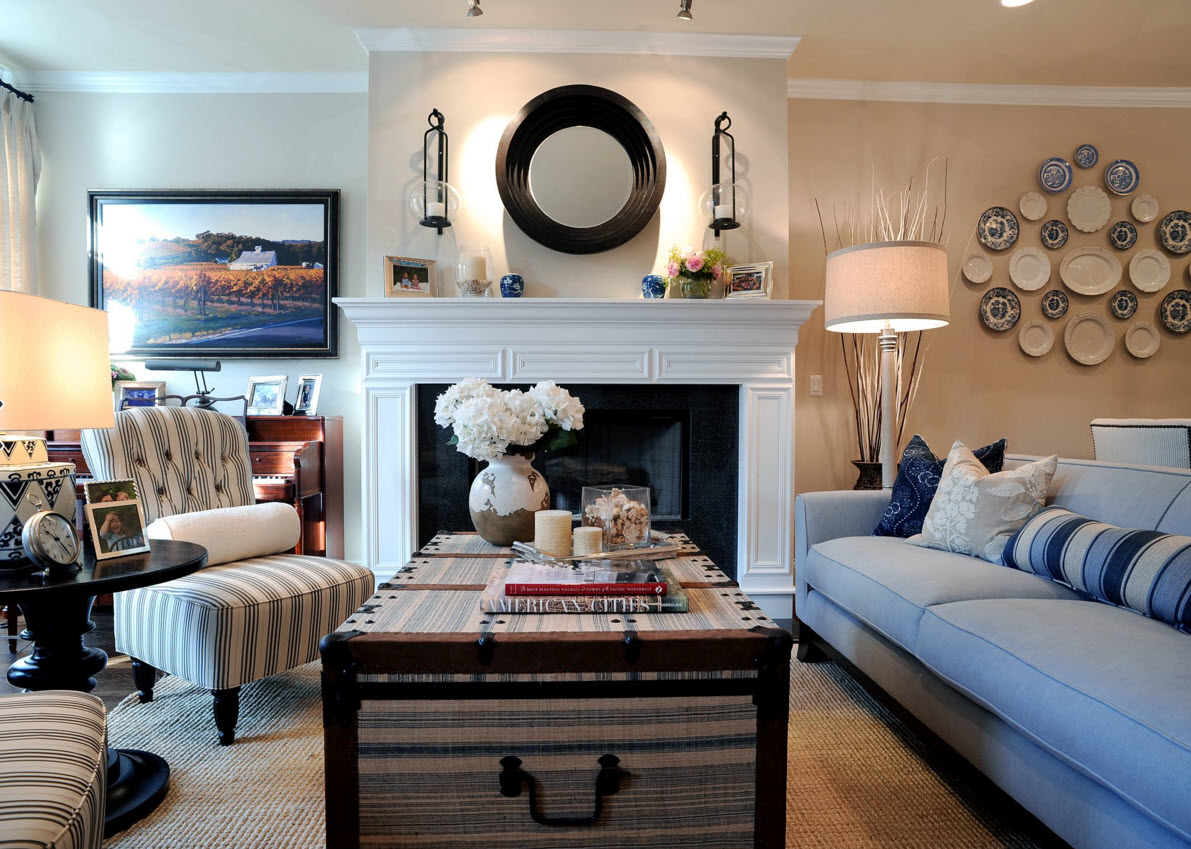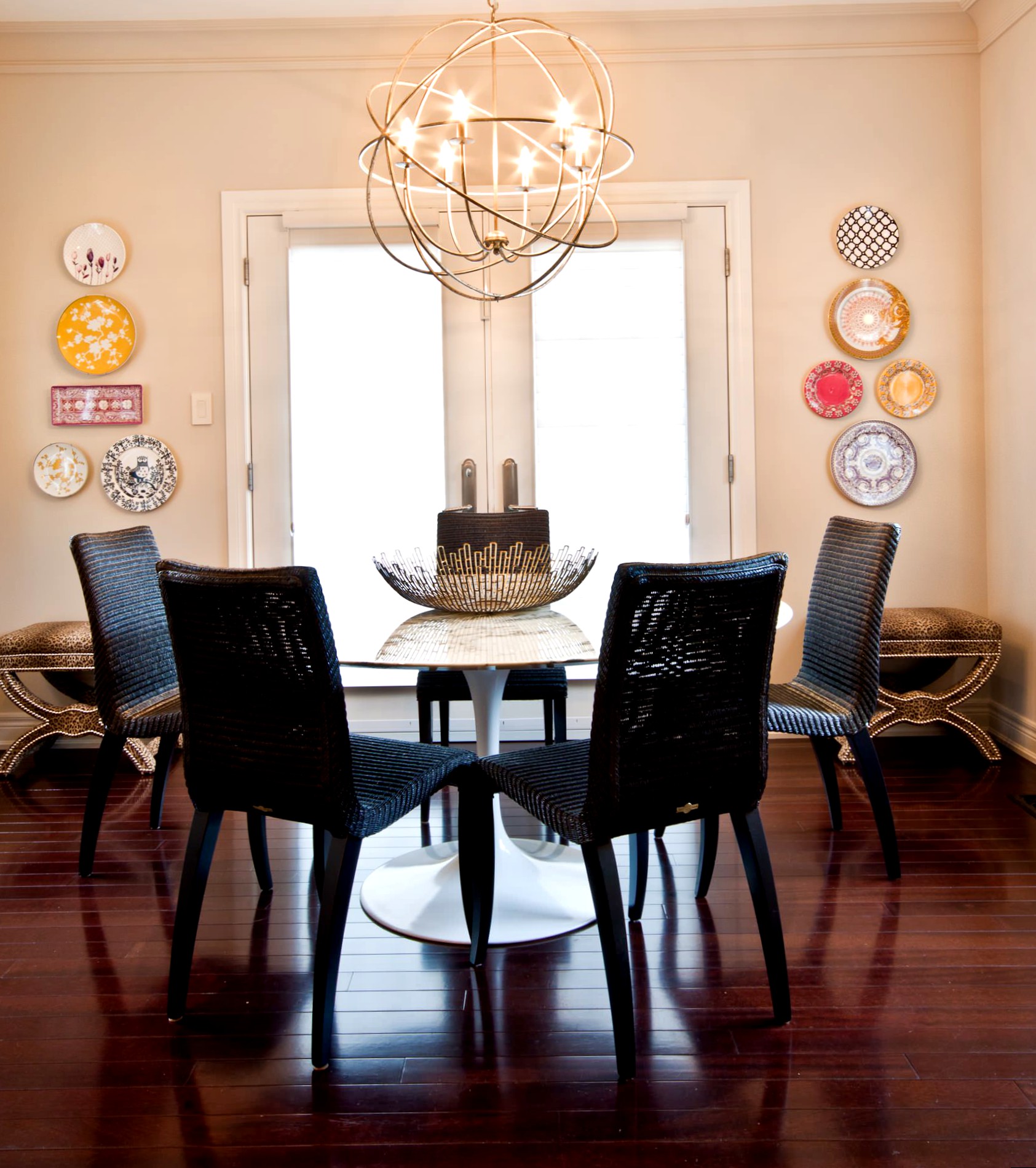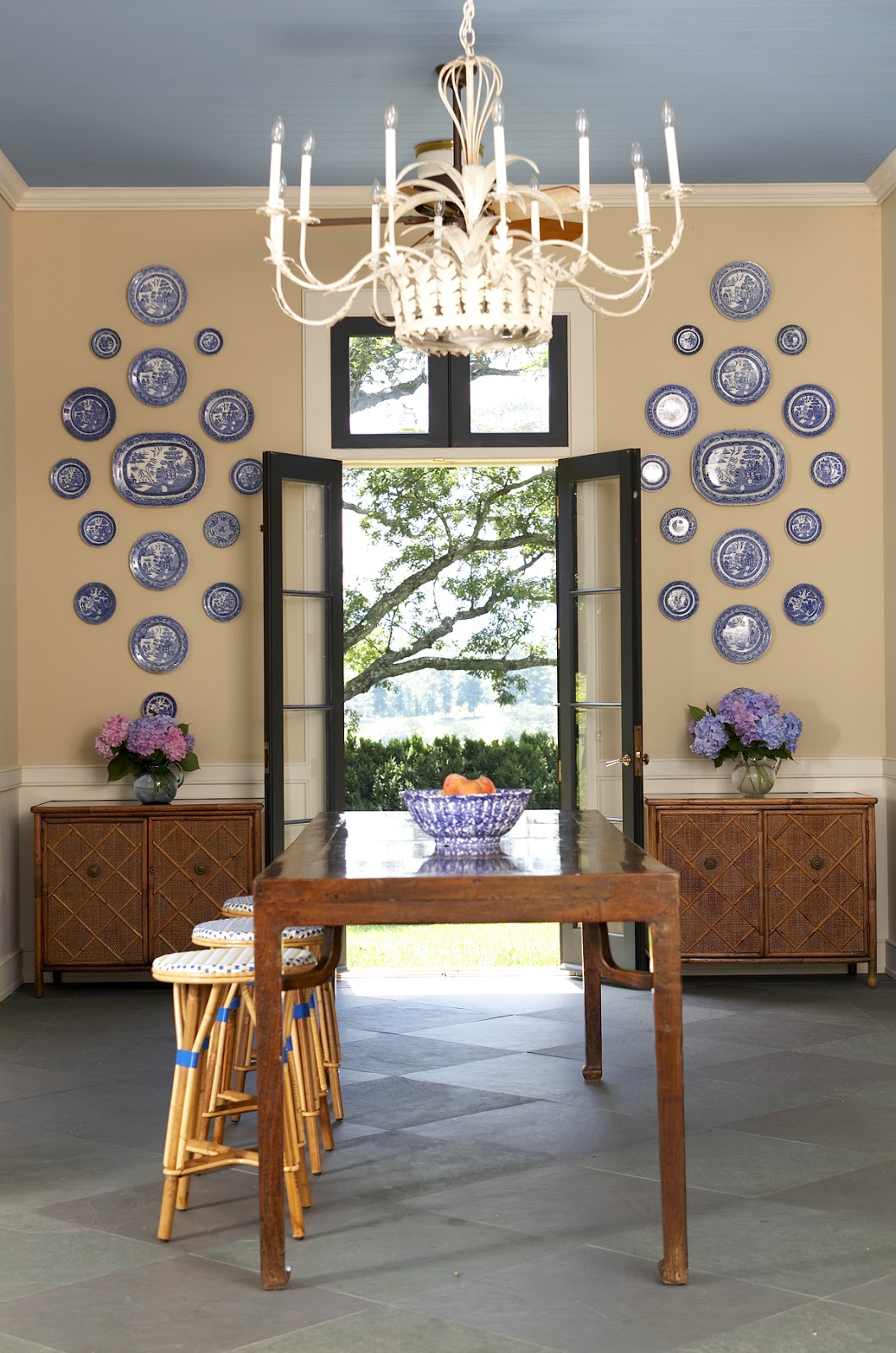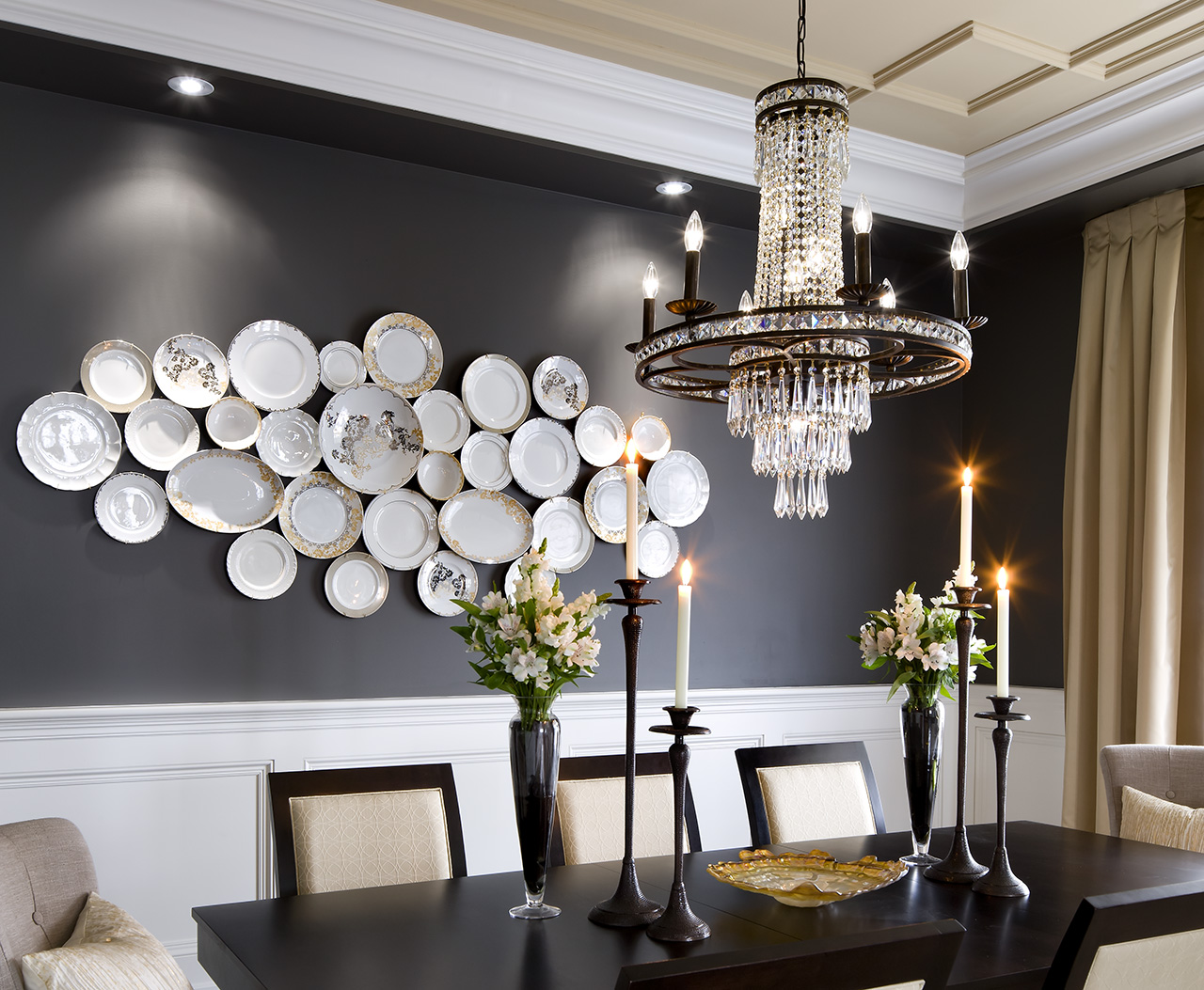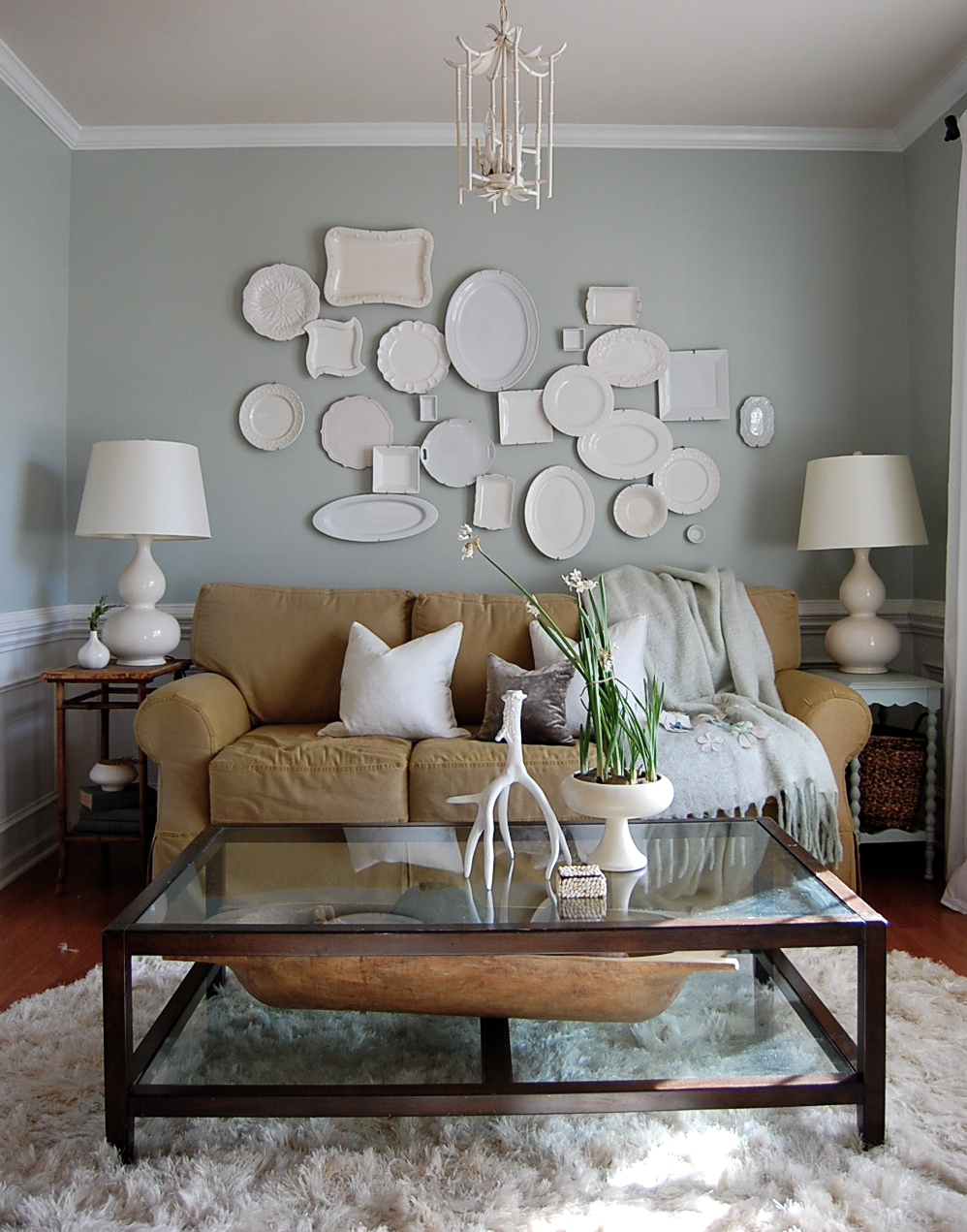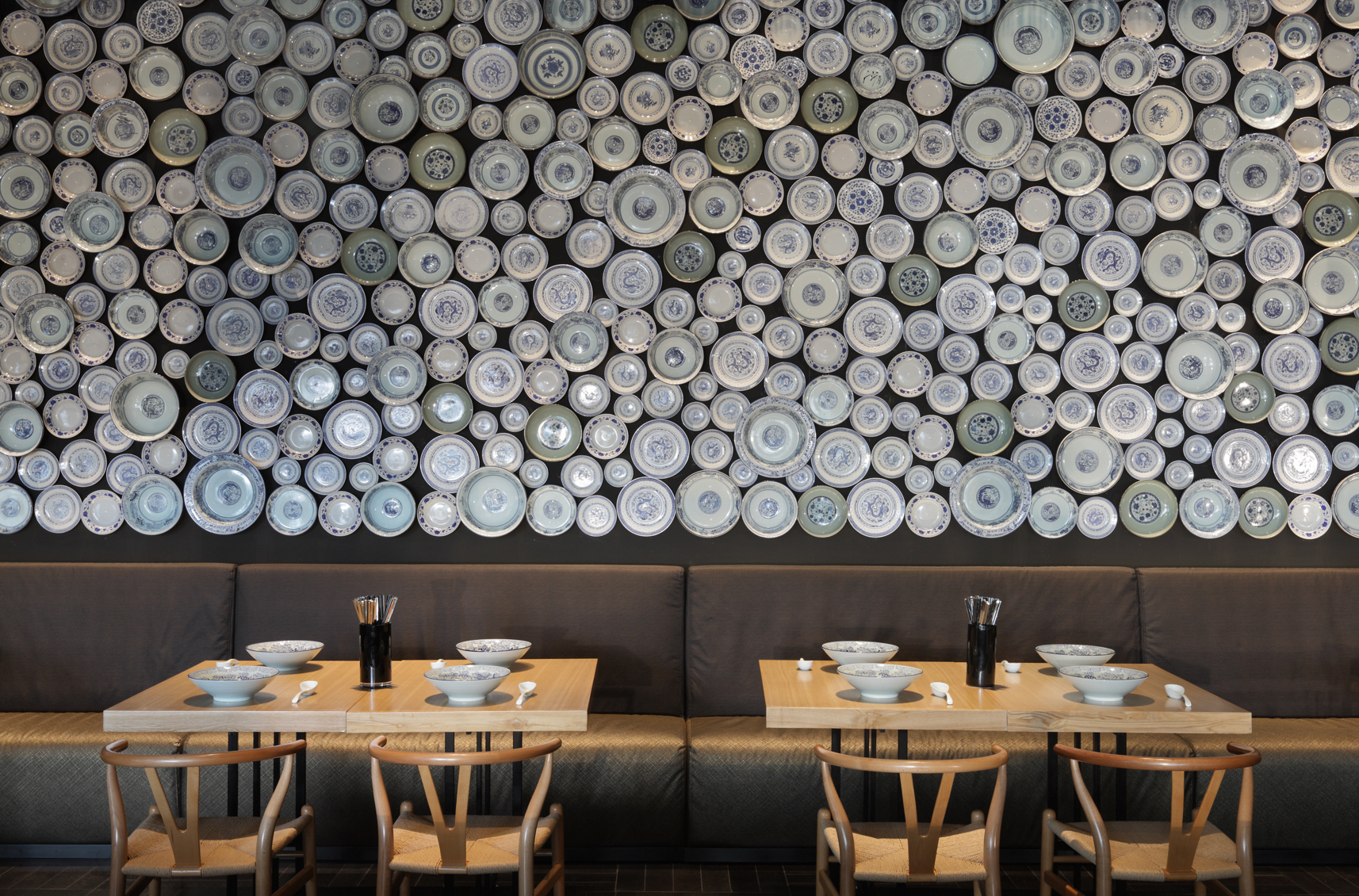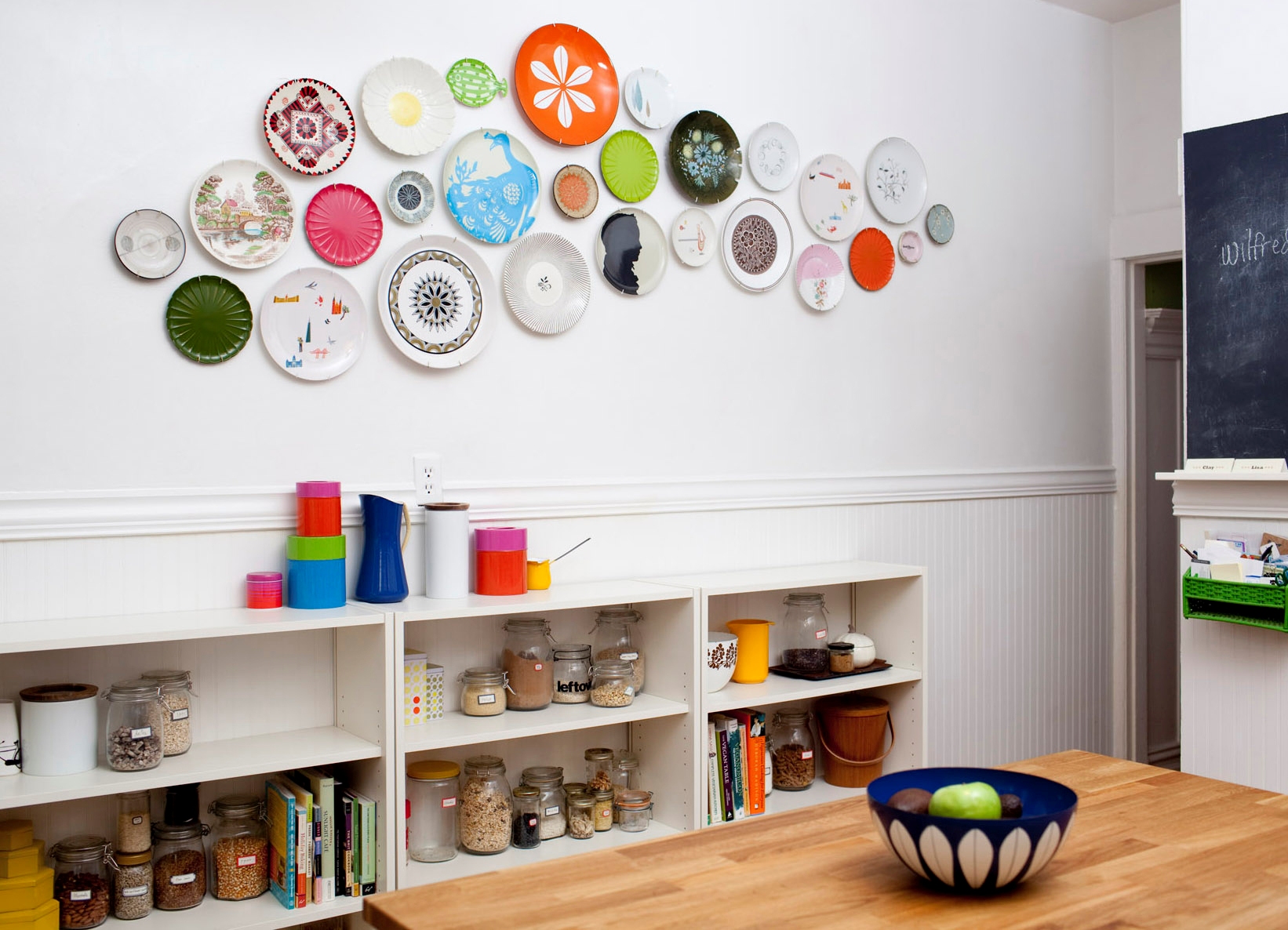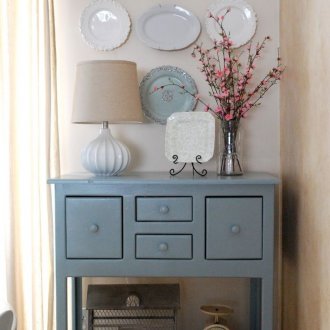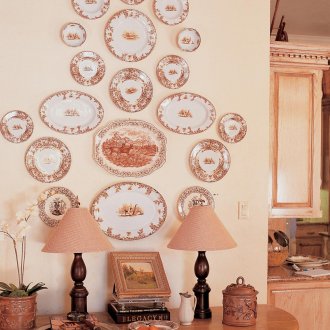Plates on the wall in the interior (20 photos): examples of original decor
Content
Even in ancient Greece, sophisticated residents of Rome classified plates into several categories: gift or souvenir, tableware and decorative items. In China, at this very time, masters practiced the production of high-class porcelain, which were considered the original attributes of imperial power and omnipotence.
Beautiful attributes for all time
Beautiful pottery was not only on the festive table or in the kitchen. Often decorative plates on the wall were placed as a spectacular decoration, as well as a demonstration of their position and a statement of a certain solid status in society.
Some countries still have a beautiful tradition of rewarding the heroes of the state for their special merits with exquisite china with exceptional decorative qualities. And in the 60s. last century, the most talented jeweler from France Rene Lalique released the first line of decorative tableware, which was used exclusively to form an exclusive design in the apartment.
Modern realities in modern interior design
Today, the "plate" design is still relevant, and surprisingly wide possibilities will allow placing the main elements, fitting them into any format, always creating fresh unique compositions. Forming a stylish installation from wooden, clay and ceramic products, it is necessary to remember the following recommendations:
- The plates should be identical in color and style to the interior design of the kitchen, dining room or any other location where they will be placed;
- In order to correctly beat the space in the room and give the composition a certain dynamism, the plates are hung in a certain descending order (from smaller to larger and vice versa);
- For a strict design, emphasized by a conservative spirit, designers are advised to hang the plates strictly in a row;
- In the kitchen, such a decor will always look appropriate and effective. In the dining room, living room, hallway and hall, appropriate organic installations are more difficult to make, but quite real. In the interior of the bedroom and children's room, the abundance of such decor is usually not welcome.
How to better place original jewelry
The easiest way to fix "plate" jewelry is to hang them in a row. The central segment is highlighted on the wall, where the installation will act as one of the main accents. A win-win option is to hang several identical plates 5-15 centimeters above the finishing line of furniture along the wall.
For example, in the charismatic style of Provence, where the use of a large number of details is encouraged, plates with bright floral prints are placed directly above the table, fireplace, between the windows on the wall. At the same time, it is desirable that the decor on the dishes themselves is identical to other ornaments in the interior of the room.Provence perfectly combines many different attributes with floral and floral motifs.
Spectacular symmetry
A more complicated installation is to make symmetry on the wall with decorative dishes. It looks interesting composition above the fireplace or near the mirror. Elements are placed at the same distance from each other, forming a specific ornament.
A similar technique looks good in Art Nouveau style and in all classic directions. Carefully work with symmetry in the interiors of the so-called "village format" - country, provence and ethno.
Actual geometry
In modern interior designs, bold experiments with geometry are often seen. To make a colorful figure with the help of small ceramic or wooden elements is best on an empty wall. Squares, triangles and prisms look spectacular in large spacious rooms with large panoramic windows and bare walls.
This is an ideal design for high-tech, art deco, loft and modern styles. In Provence, vintage and Scandinavian style, huge installations are not welcome.
Wave in a modern interior - perfect apartment design
It is convenient to decorate wide wall surfaces with a “wave” of ceramics, wood or clay. Smooth, slightly blurry lines fit perfectly into the concept of vintage style, provence and art deco. Neo-modern will also become an excellent base for creative experiments.
Scandinavian interior suggests the presence of "marine" attributes. It’s not difficult to do your own do-it-yourself decoration of apartments in such a “strong” colorful style within the city. To do this, you need small white and blue plates, sea shells of different shapes and sizes. All these elements are combined to create a “wave” on an empty wall.
Arch - a beautiful provence and universal modern
Making an arch from decorative dishes is as simple as creating a single row or primitive symmetry. Everyone will be able to give special sophistication and rich gloss to any location in the room with their own hands.
In the Provence style, it is permissible to form arches around the windows. In classic interiors, exclusive dishes decorate the surface above the fireplace, near bookshelves and the space above the doorways.
Design in art deco and loft welcome original solutions and innovative techniques. For example, with your own hands it’s quite simple to decorate the wall above the head of the bed or the surface around the mirror and other minor attributes of the interior.
Patterns in a fashionable interior
To create a pattern with your own hands, you will need a lot of space. It is most convenient to work on a “bare” wall, which is not burdened by massive decorations.
This is found in the modern, high-tech and loft styles. However, charismatic patterns can add coziness to textured directions such as vintage, Provence, Rococo or Baroque.
The simplest patterns are an “empty” rhombus, a star, and a snowflake design. To create more complex decorative compositions, accurate calculations, perseverance and patience will be required.
DIY mounting of decorative elements to the wall
As soon as the design is thought out to the smallest detail, all the elements for the decor are assembled, it's time to choose the most appropriate option for attaching all the attributes to the wall. Fasteners can be created with your own hands or use purchased analogues.
Almost every store offers comfortable Velcro. Usually they fix objects very reliably and easily come off. If necessary, the Velcro can always be removed, and the plate itself can be moved to another place.
Today, supermarkets sell special adhesive discs. They are even more reliable than Velcro. There are different sizes that allow you to attach the decor of any format and proportions with your own hands.
Another reliable mounting option is a paper clip. A rectangle is cut out of the dense fabric. We attach a massive clip to the plate and pour it with hot glue.Then over the paper clips and stains with glue we impose a cloth. We leave for a while, so that the improvised mount freezes.
Similarly, with a glue and a fabric coating, a pin or a homemade ring can be attached to a plate. Once the fasteners are ready, the decorative plate is neatly fixed to the surface on the wall.
Selection of decor for the style and color of work surfaces
Surprisingly, such small products can radically alter the space. That is why it is extremely important to carefully consider all aspects of decoration.
If the wall covering is plain or is decorated in a very light calm palette, the decor can be very bright, catchy. For example, for Provence style, you can choose decorative dishes of pastel or neutral white, but with an abundance of floral ornaments. The floral print should “resonate” with other elements in the interior (flower curtains, a bright tablecloth, and spectacular upholstery).
If there are already patterns on the wall, a bright print and other catchy decorative elements, then it is better to give preference to white dishes. The installation will turn out to be especially interesting if the ornament on the plates themselves will repeat the patterns on the wallpaper. The composition will be quite dynamic and voluminous.
Antique, exclusive and simply expensive ceramic products or other types of dishes are traditionally placed on shelves, creating a kind of exhibition installation at home. Placing exclusive products directly on the wall, without the use of auxiliary furniture elements, will further draw attention to home installation.
